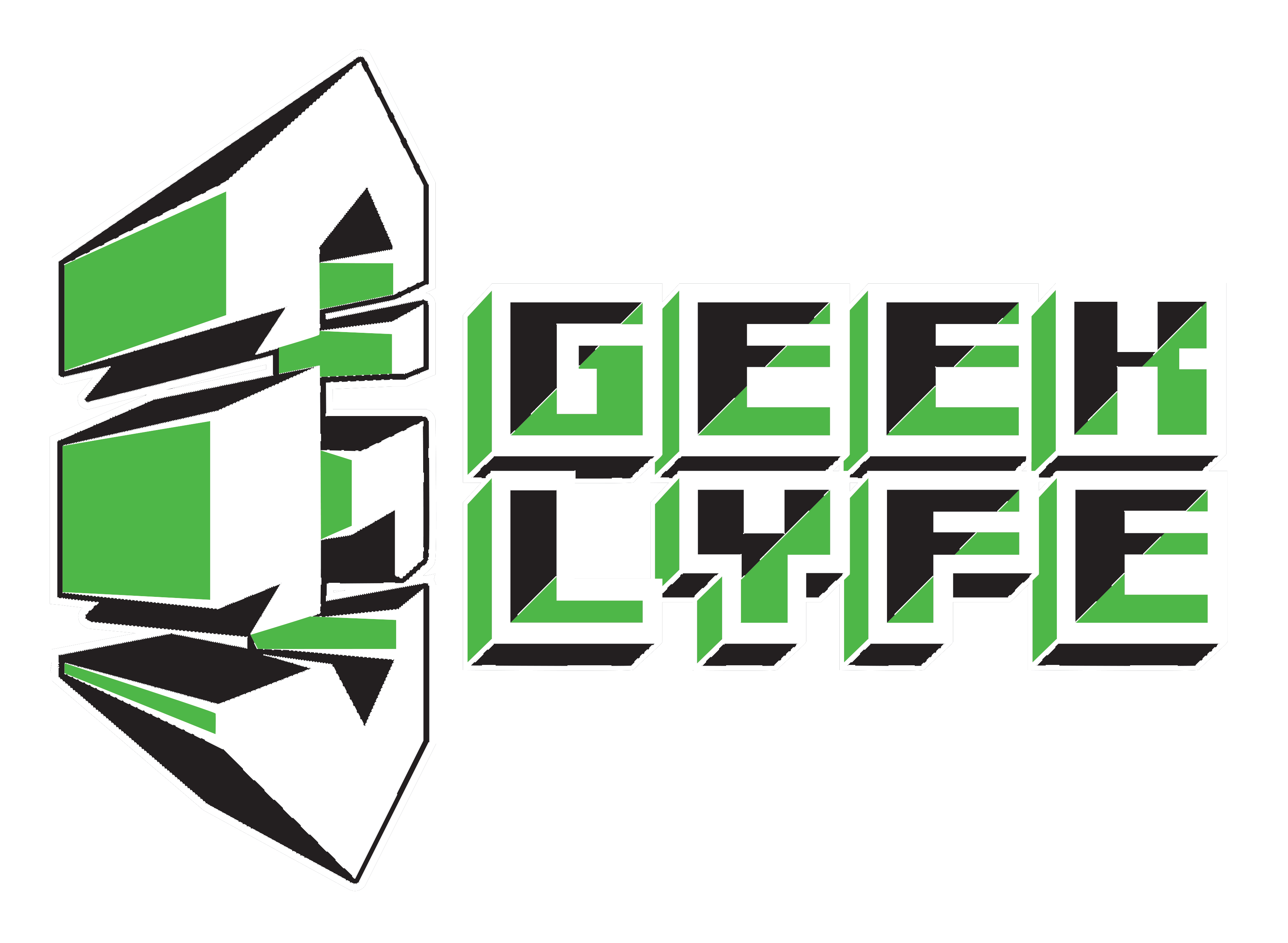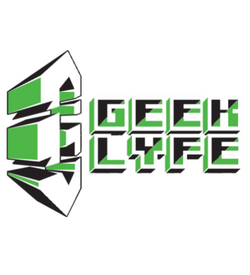
Yoda is training me to fight with a lightsaber in a suburb 30 miles outside of Sacramento, California. Yoda is the internet moniker for Michael Murphy. This 43-year-old artist makes a profession making high-end bespoke lightsabers, including the ones we’re using, but it doesn’t make the instruction any less severe. My blue blade rips through the air with an unmistakable thrum as I take a step forward. Our sabers clashing bright white, my blow is easily parried. He turns, his blade twirling behind his back as he performs a 360-degree turn that reminds me of Ewan McGregor. As I raise my saber to deflect his swipe at my head, I can’t help but think two things: This is presumably how Daisy Ridley felt, and I need to buy one of these from Zia Sabers.
Murphy tells me across his kitchen countertop, “I believe somewhere deep down I always aspired to be a toymaker.” Except for the lightsabers on the seat and the precise drawings and sample materials on the counter, it looks like any other American suburban home. “Those are giant toys, even though I originally wanted to create cars. More perilous. More money is needed.” He laughs and shifts his gaze mischievously. “This is a lot more one-of-a-kind than that.”
The word “unique” doesn’t even come close to describing it. Murphy has earned a profession creating Light-emitting lightsabers and the internal chassis that keep them running for the past ten years. According to the forums on his website, custom Sabers, designers, engineers, “saber smiths,” and DIY tinkerers all work in the cause of producing the perfect Star Wars movie prop.
Murphy’s journey began in 2005, when he had back-to-back medical issues, rendering him unable to work and stranding him on the sofa for more than a year. “Getting online was one of the items I could do,” he says. Master Replica had set a new bar for collector sabers with primitive light-up blades and sound at the time when the internet was still fascinated with the Star Wars prequel trilogy. “Some photographs of the Master Replica objects had been spotted online, in this small dinky discussion site where people were chatting about stuff,” my son explained.
FX Sabers was that “little discussion forum.” As Murphy and his son bonded over custom lightsabers, he became a part of a community initially centered on helping owners fix and upgrade their licensed collectibles. He rapidly assumed a more active role, eventually taking over the site totally — at which point he adopted the moniker “Master Zen” — just as the community’s goals were growing.
Hardcore fans have been taking matters into their own hands for years at the time. People would connect through sites like The Replica Prop Forum to dissect how movie props were made so they could construct screen-accurate replicas for everything from Star Trek to Raiders of Lost Ark. The same thing happened with customer lightsabers, with some early adopters even selling their inspired-by designs or building neopixel that was even more realistic than the licensed goods. On the other hand, Murphy’s fascination was the original Luke Skywalker saber, dubbed “The Graflex” by the community.
It’s crucial to remember that Star Wars was a low-budget film when George Lucas filmed it in the 1970s, and everything from the Lim to the blasters was made from cannibalized model kits and other discovered pieces. The replica lightsabers were one of the most challenging objects for the production to find until set decorator Roger Christian found a package of camera flashes from the 1930s and 1940s. What was the name of the firm that created them? Graflex.
The flash’s unusual combination of metal swoops, curves, and clips immediately reminded me of the film’s retro-futuristic look. Christian inserted a strip of balloons from an old Texas Instruments calculator into the flash’s clamp, added a D-ring at the bottom, and finished it with grips. The original custom lightsaber looked like this.
By the early 2000s, Star Wars lovers had become known in the camera-collecting community for tracking down antique Graflex flashes, but most of them ended up as bladeless hilts that would merely sit on a shelf and look lovely. On the other hand, Murphy was interested in incorporating the latest toys’ electronics into a vintage flash for reuse that could be used for dueling or cosplay. An interior system custom-designed for the 70-year-old antiques required creating a screen-accurate vintage lightsaber replete with a light-up blade and interactive effects.
“It was inspired by my past radio control car experience, where you need a chassis to house your electronics,” he explains. “I was considering about what I wanted to put in the hilt one night at 3 a.m. when The History Channel was showing the Leaning Tower of Pisa. ‘Well, that’s what I require to do,’ I said. All of my flattened [RC vehicle chassis] ideas must be transformed into a cylindrical [system].'” The resulting framework of aluminium poles and plastic discs offered a vital structure that protected and cushioned the electronics in the sabers. Still, more crucially, it created a place for what is known as a crystal chamber, which was Murphy’s unique gift.
I won’t lie: I’ve been a lover of Star Wars since I was a kid, and crystal rooms seemed like a step too far even for me when I first heard about them. Lightsabers are powered by pressure crystals, according to official lore. While they never appear in the movies, a reference book called the Star Wars Visual Dictionary includes a cross-section of a lightsaber. That design, replete with a crystal chamber, is highly captivating, and it feels like it was plucked from the pages of the movies. Murphy made a vintage Graflex Luke lightsaber with a removable blade and sound, as well as a glowing crystal chamber, using it as motivation. It was crudely put along with a modified light-up tire valve stem, but it was a watershed moment in the community. It went for $3,800 on eBay, a substantial raise over the $800 in parts it was created from.
Alan Johnson, one-half of the family friend duo behind lightsaber producer Vader’s Vault, tells me over the phone, “It was the utilitarian look of having something that integrated the mystical part into the mechanical aspect.”
Chambers have now evolved into one way that hobby artists and designers differentiate themselves creatively. They’re frequently the difference between high-end bespoke sabers that cost thousands of dollars and cheaper “stunt” sabers that are supposed to be banged around. Today, you can have everything from a 3D-printed chamber to elaborate, hand-machined alternatives in almost any kind of lightsaber you can think of. But Murphy’s Graflex chamber has become his signature throughout the years, growing from a simple original design to a complex modern version that uses quartz crystals that have been drilled underwater and lighted with a sequence of fiber optics.
However, addressing the demands of dedicated fans involves more than just aesthetics and lighting. A lightsaber must feel like a working device plucked from that world, responding to swings, movement, and confrontations with audio and visual input so familiar it’s burnt into our collective cultural awareness.
Early in his work, he grew interested in designing low-latency, gesture-based musical interfaces for live performances. His background was a perfect fit when he became interested in making replica lightsabers. “A lightsaber spun on stage is extremely close to musical expression, and you would expect it to react in real-time exactly like an instrument,” he says through Skype. “Motion, interaction, and latency are all present. Sound plays an important role in the custom lightsabers.”
The soundboard powers the light-emitting that illuminate the polycarbonate blade tracks motion. Hence, it vrooms or clashes accordingly and flashes the edge brighter when it collides with another saber in combat. What began as Fléty making a small batch of boards for the community has grown into a mini-business, with a full range of Plecter Labs boards ranging in price from $50 to $160 — all. The LED-powered blades can turn any colour of the rainbow. Systems with a microSD card allow users to customize anything from the gyroscopic sensor sensitivity to the blade flicker.
The learning curve is severe with so many options and manufacturers, and it’s up to the forum communities to protect individuals new to the sport. Plecter Labs, Vader’s Vault, and the UK-based JQ Sabers have all found a home on the FX Sabers forums, a model that has expanded to other online saber groups such as Imperial Royal Arms. There, a recent run based on Luke Skywalker’s Return of the Jedi lightsaber went even farther with a cross-continental partnership that saw Michigan-based manufacturer Solo’s Hold team up with a French chassis designer as well as a range of additional manufacturers and installers across the US.
Despite the community’s richness, these are still manufacturers used to catering to a niche fandom, and they’ve been destroyed by the weight of the new Star Wars resurgence. According to Alan Johnson, Vader’s Vault sold 200-300 sabers in 2014, but that number soared to 1,200 last year during the build-up to The Force Awakens. In the first two months of 2016, the company received 1,000 orders. It’s a similar tale across the hobby: Plecter Labs boards sell out in minutes, while The Custom Saber Shop’s modular parts are back-ordered for the most part. Meanwhile, increasing demand for the Skywalker saber has driven up the price of vintage flash — which used to be in the $150 range — to new heights. “Today, a vintage Graflex flash on eBay can cost anywhere from $200 to $300 for something that’s severely rusty and can’t be converted, up to $1,000 for something in perfect shape,” Murphy says. “That’s just the flash itself,” says the narrator. There appears to be no limit for completed, high-end sabers, with Murphy’s most recent saber selling on eBay for over $15,000.
Chicano | Fighting/Writing for Diversity | DM since 08 | Anime Lover | Site: https://www.thegeeklyfe.com | info@thegeeklyfe.com | http://twitch.tv/that_deangelo | https://linktr.ee/deangelomurillo




